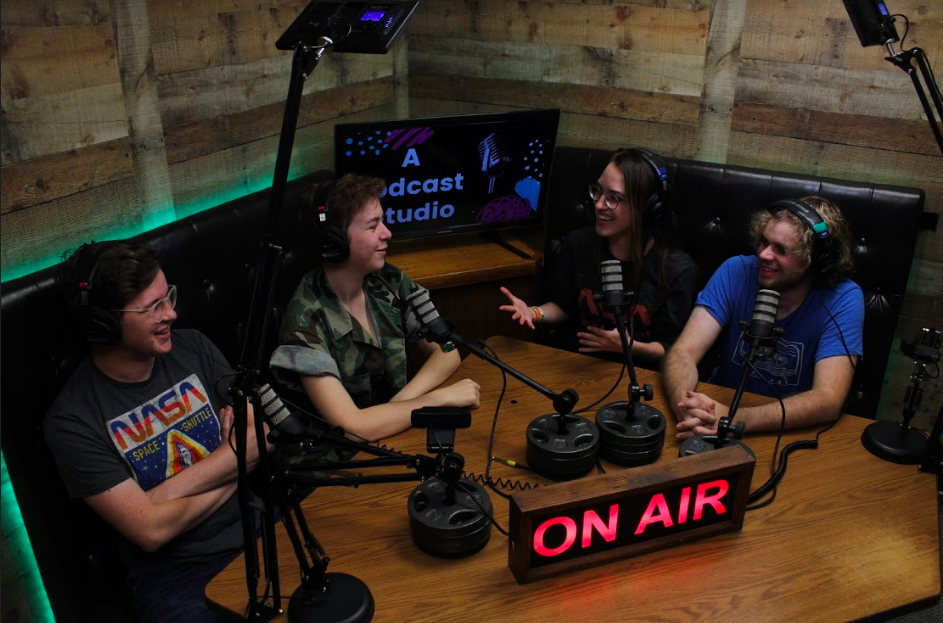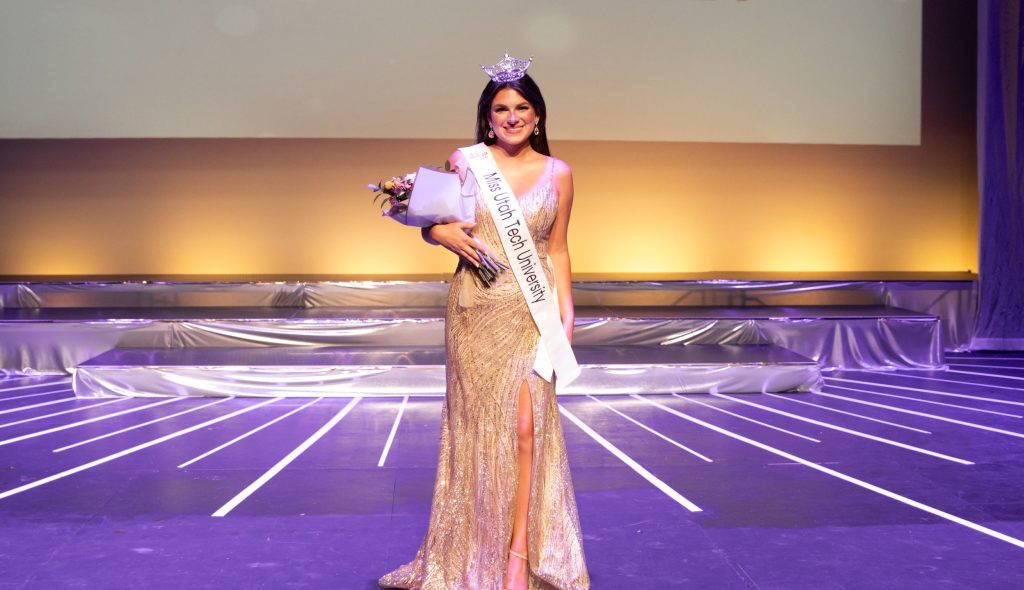When watching a movie, most people don’t even notice the quality of the music or sound.
Director of Radio Shawn Denevan said, “Audio is an interesting form of entertainment because it’s something that we’re all used to, but it’s not something we pay attention to unless it’s going wrong.”
The audio studio at Utah Tech University is in Jennings 103. This studio gives students the opportunity to learn how to use audio equipment such as headphones, microphones and mixing boards. Each of the recording rooms offers a different opportunity. There is a room for making podcasts, a sound booth for recording audio books or quieter recordings, and radio rooms where people have the chance to learn how to make music, sound effects and more.
With learning how to use these tools, students also have the opportunity to speak on 91.3 The Blaze in between songs as well as host their own shows and talk about topics that are important to them.
Spencer Porter, a senior media studies major from Ogden, said: “A lot of people think that the radio is just a station that plays just straight music. But you forget about sports and talk radios where music is never played. It’s just people’s opinions, giving you the news, national news, talking about recent updates on politicians.”
The studio allows students the opportunity to learn and grow with both the passions they have as well as those they want to discover. Utah Tech University’s motto is “active learning. active life.” Being able to have the opportunity to learn how the radio works and how sound is recorded by doing it live in the audio room is an example of what Utah Tech stands for.
Denevan once had a student come into the studio who started learning how to use the equipment, and in his time there, he recorded up to 300 songs while singing and recording the instruments he was playing. He took it seriously and because of that, he now has a new music career.
Tate Toomer, a junior digital film major from Las Vegas, said, “The most intriguing elements of audio and also my favorite piece of equipment is the software that we use to distort or tweak the sound we need to get.”
Toomer has had the opportunity to work on some sets in the film program allowing him to learn more about how audio works within films. He said the best way to get a good idea of what sounds good would be to really pay attention to the sounds, music and dialogue in films, YouTube videos and anything else that is watched on a screen.
Within the studios, there is 91.3 The Blaze, which plays modern and alternative rock, and 100.3 which plays classical music. These stations play throughout the entire year. With all the music that must be played, there are almost 96 hours that go into programming music every day. Each station needs a certain amount of hours of music to play because it is never known when someone will tune in to listen.
The radio station has a station that plays 6:30 a.m. disco for a half hour, flashbacks at 5 p.m. with music from the ’80s and ’90s, and a Grateful Dead and a Pink Floyd show done on the weekends.
Being willing to learn and taking the time to absorb the information that is given to students is key to being successful with audio production. It is an art form that is often overlooked but needed just as much as the visual elements.
Porter said, “I was glad I was able to do those things, and I was able to learn my voice and my mistakes and my calls, instead of 100% of someone else’s voice, tips and pointers.”
Denevan said all students can use the audio studio as long as they take responsibility and have a passion for audio.




